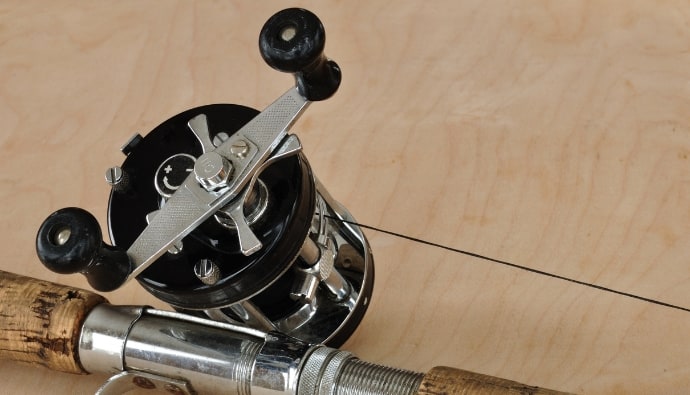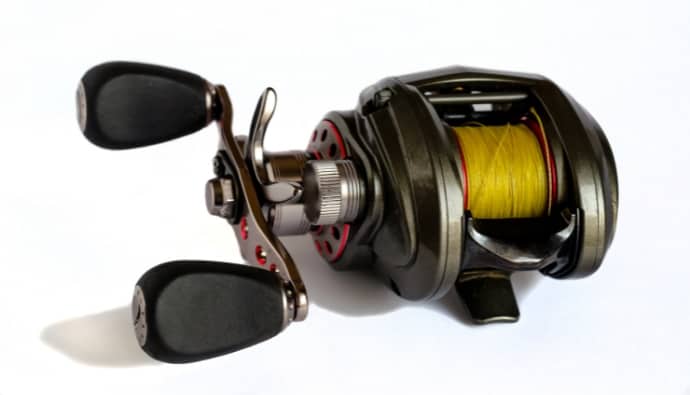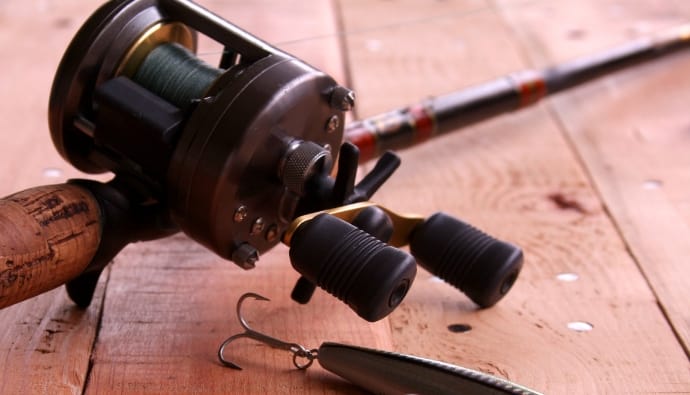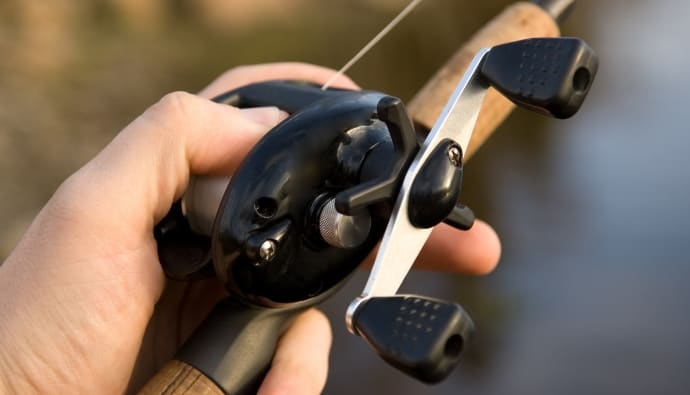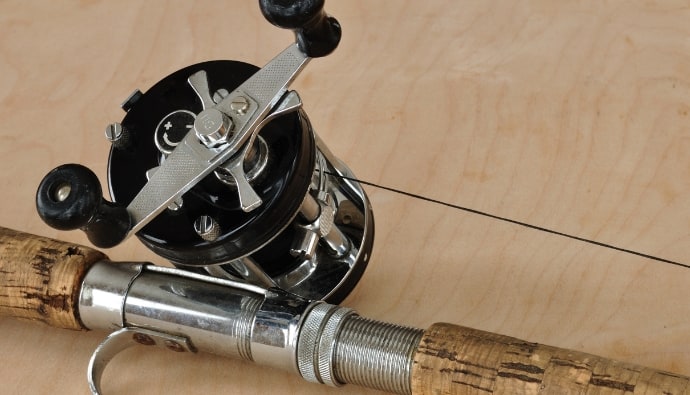Baitcaster backlash usually occurs when the spool continues spinning even after the lure has stopped. This, in return, causes birdsnesting. You can prevent backlash by setting the correct spool tension and brake system. Also, you can avoid forming a tangled mess by practicing the proper casting techniques. In case you experience backlash, you can untangle your line by looking for the loop and pulling it upward to free the wrapped line. Do this until you remove all the excess slack. Avoid common mistakes such as failing to adjust the spool tension knob and brakes system and using the wrong type of lure. You can always minimize backlash by practicing frequently and also paying attention to details. Remember, taking care of the reel will improve your overall performance.
You’ve likely experienced line jamming and tangles when using your fishing line, and you know how frustrating it can be to undo the mess. Knowing how to prevent and remove backlash will save you time and money.
How to Prevent Backlash in Your Baitcasting Reels
As an angler, you want to go fishing with an effective reel that will increase the chances of catching more fish within the shortest time. Using the right fishing line makes your work easier, especially when untangling the bird’s nest.
Here are remedies you can use to avoid backlash.
Use the Correct Equipment
If you’re a starter, consider using a shorter rod because it’s easier to control. Moreover, consider using monofilament lines over braided ones because they tangle less.
Also, you need to use the right lure. Beginners should consider using heavier lures because they easily cast the line into the water. A heavy lure slows the reel, while a light lure may fail to keep up with the reel, thus causing messy lines.
Adjust the Spool Tension and the Brake System
When starting, set the highest setting of your brake system because it gives you more control. However, if you’re targeting longer baits, consider lowering the tension. Buy a baitcasting reel with adjustable brakes because they aid in preventing backlash.
Most importantly, avoid backlash by ensuring the spool tension is in the correct settings. Although there is no right setting, you can use the trial and error method until you get a more comfortable setting.
Practice Casting a Baitcaster
When starting, use an entry-level baitcaster to practice. Most of these baitcasters have a system that prevents them from getting a backlash. Start by practicing with short distances because you’ll likely feel your lure, unlike when doing longer casts.
Check the Direction of the Wind
It’s advisable to cast lures against the wind. Wind helps you push the bait further, thus increasing accuracy. This method works best by slowing down the bait while, at the same time, the reel is working normally. After gaining enough experience, you can start casting your light and heavy lure into the wind.
How to Fix a Baitcaster Backlash and Clear the Bird’s Nest
Your baitcaster can still experience backlash even after using the tips given above. It might be due to using a sticky fishing line or when the lure is no longer pulling off. In this instance, how do you get this backlash out of your baitcaster?
Here are the tips you can use.
Try Pulling Out
Use your thumb to press the spool. Ensure you gently pull the line off until the backlash is cleared.
Pull the Tag Ends
Tag ends are loops of lines wrapped around the reel while trying to leave your reel.
If pulling out doesn’t eliminate the mess, you can alleviate the mess by using your thumb to firmly press the spool when releasing the line. This can push the tag ends off the end of the line, thus removing the backlash. When using this method, ensure you tighten the drag to increase its efficiency.
Use Tweezers
Tweezers work best if your baitcaster is using braided lines. Unlike fluorocarbon and monofilament lines, braided lines are firmer and fold back on the reel more tightly. Pulling such a mess can make the braided line cut on the spool.
It’s advisable to use tweezers in such events. Other tools like dental picks and crochet needles can help you detangle the line.
Reel the Backlash Back in and Cast It Out
This technique is quite complicated and works best among experienced anglers. This method only works if the backlash is minimal and can be undone by casting the reel back in the water and then casting it out.
Final Thoughts
It’s common for a baitcaster or spinning reel to experience long loops and tangles. Backlash occurs when the spool continues to spin even after the lure has stopped. This causes loops to form that cause tangled lines.
You can avoid backlash by setting the correct spool tension and brake system. Also, you can avoid overloading the reels by practicing proper casting techniques. Exercise using a baitcaster more, and you’ll find how easy it is to use it without experiencing frequent backlash.





 Facebook
Facebook YouTube
YouTube